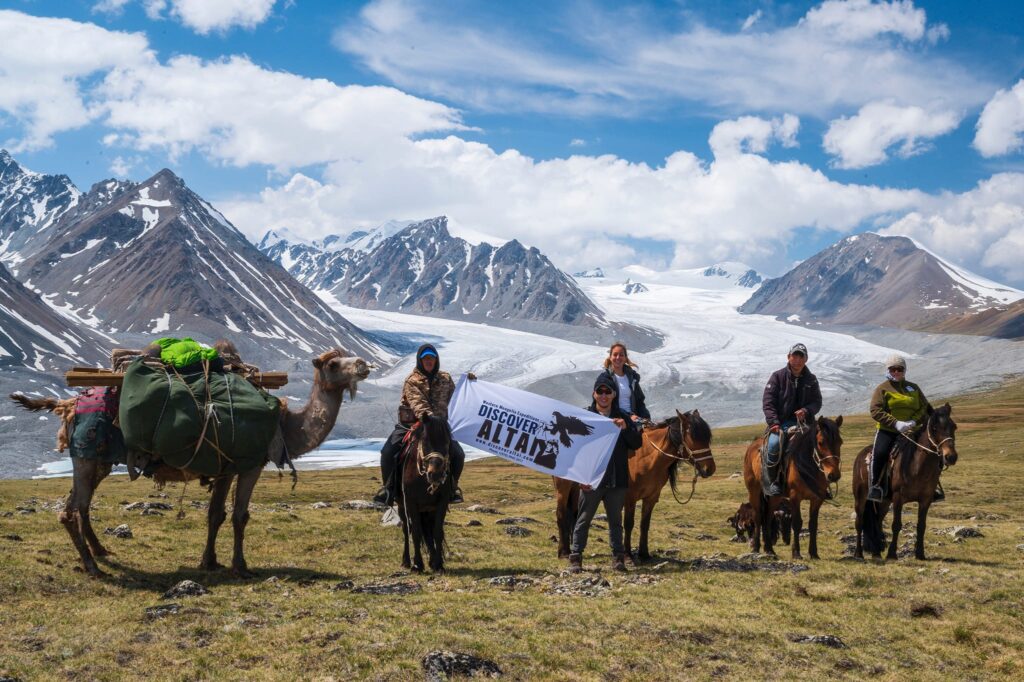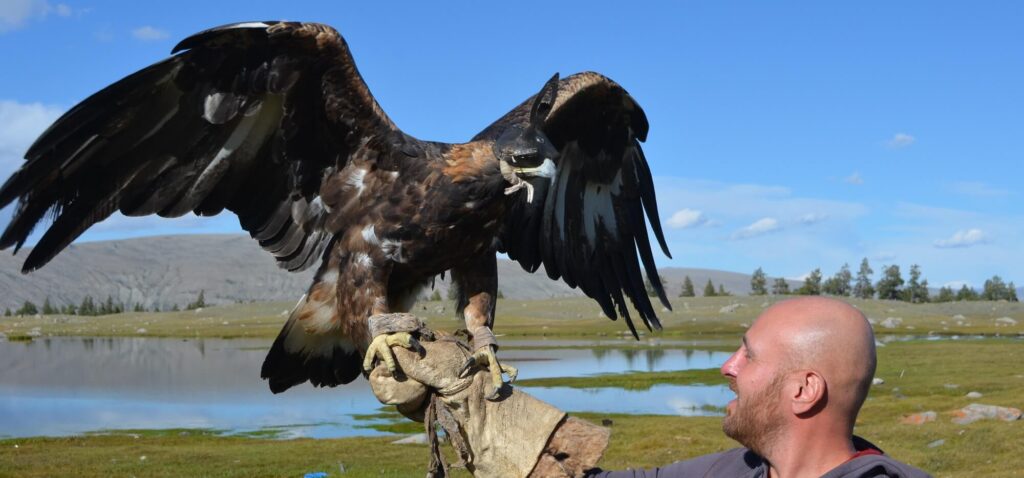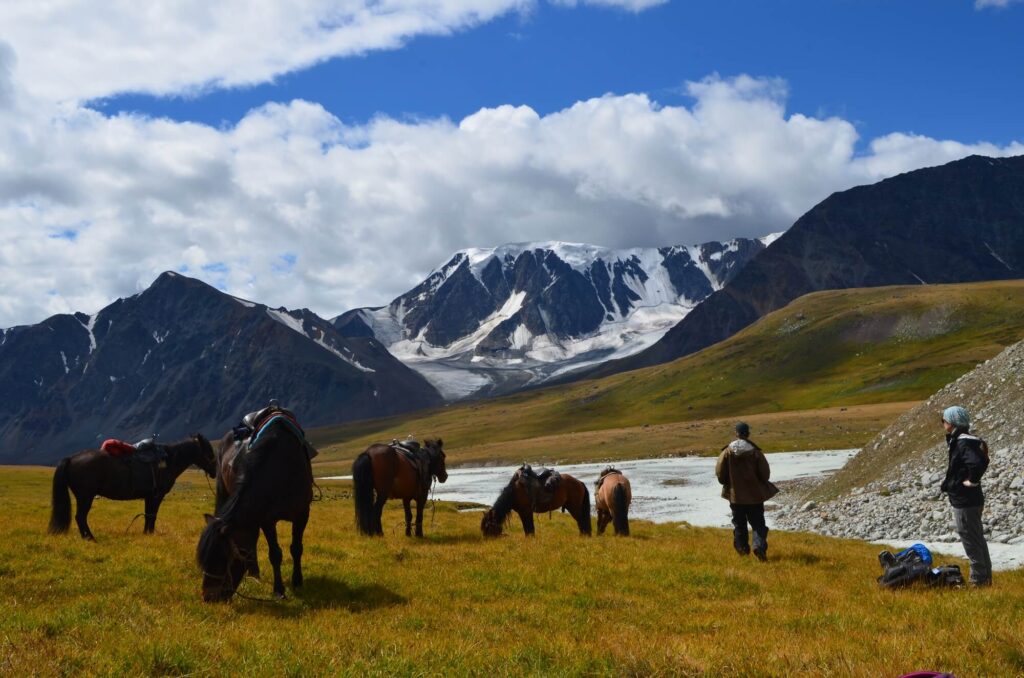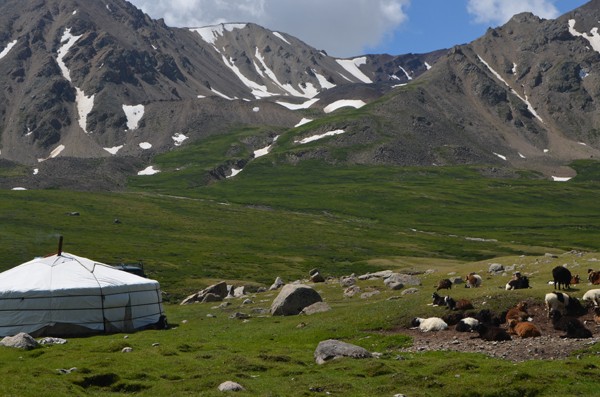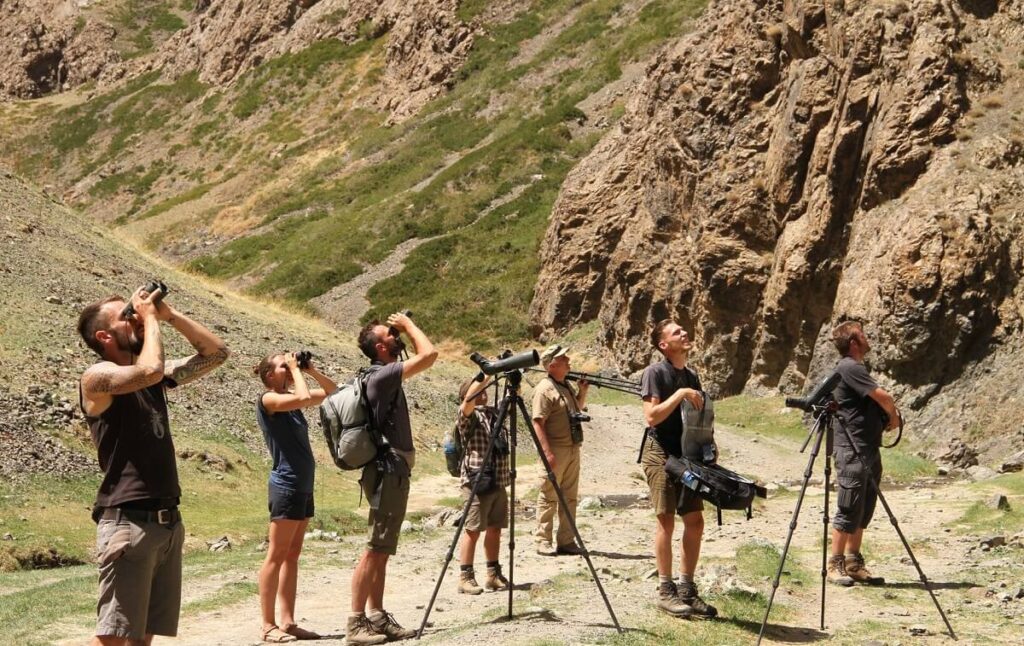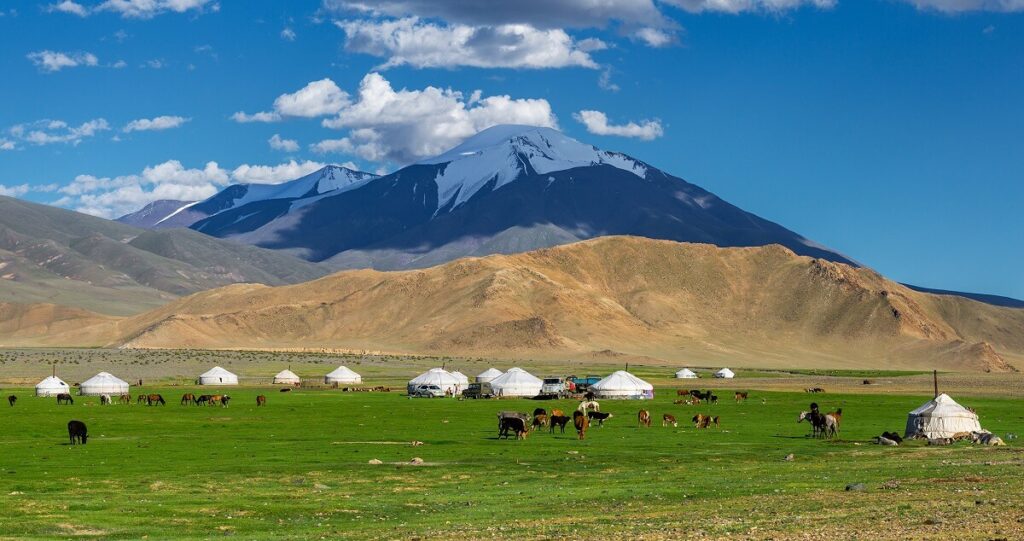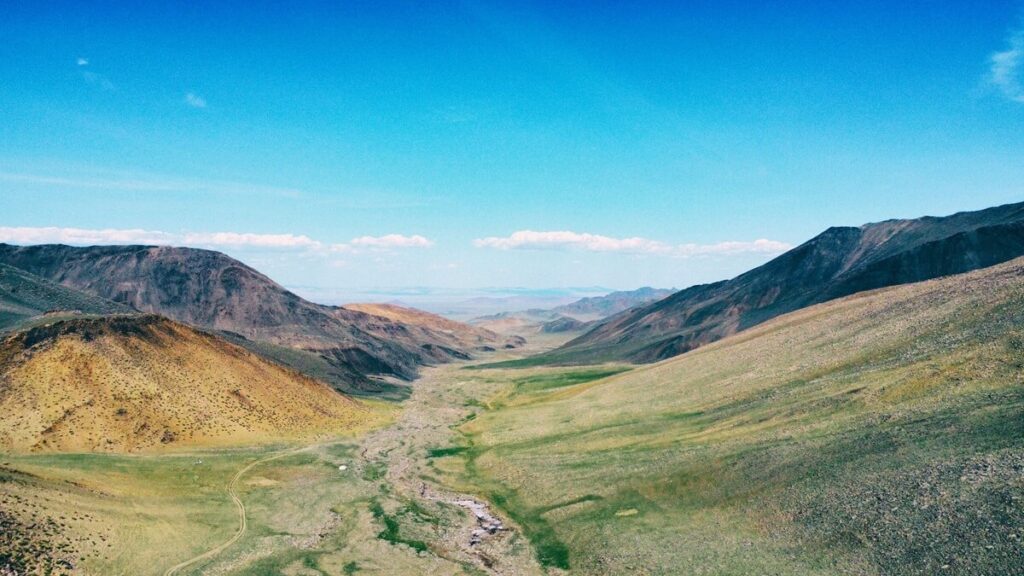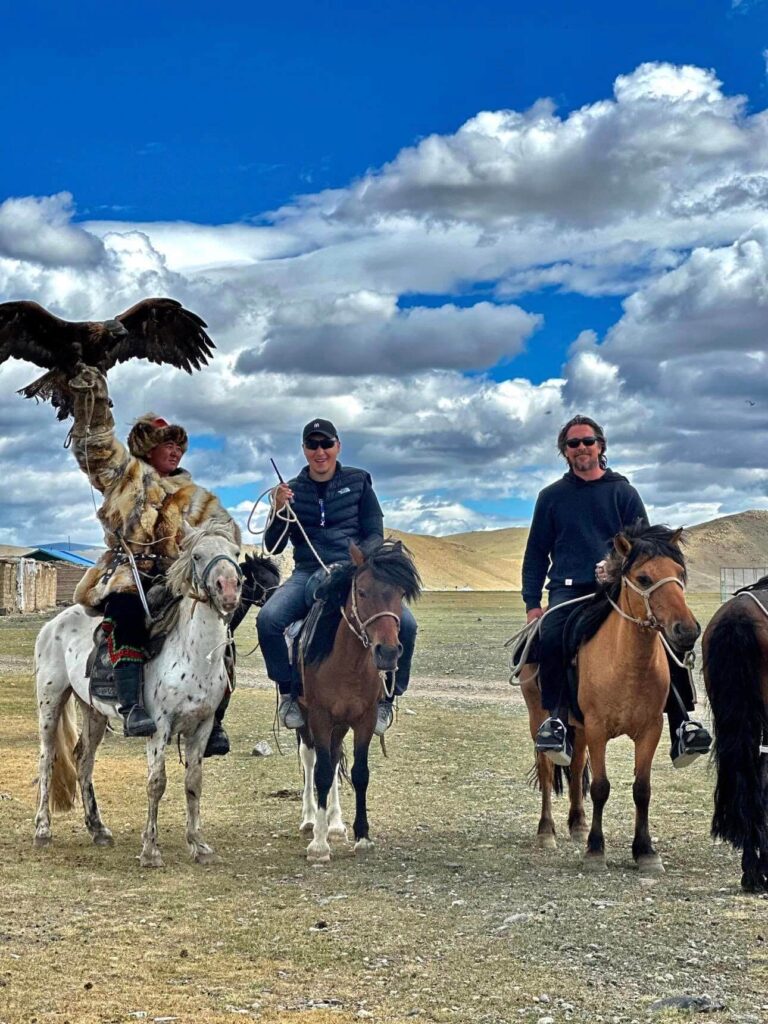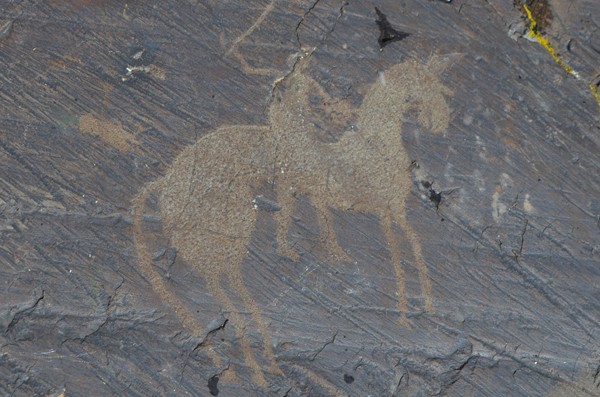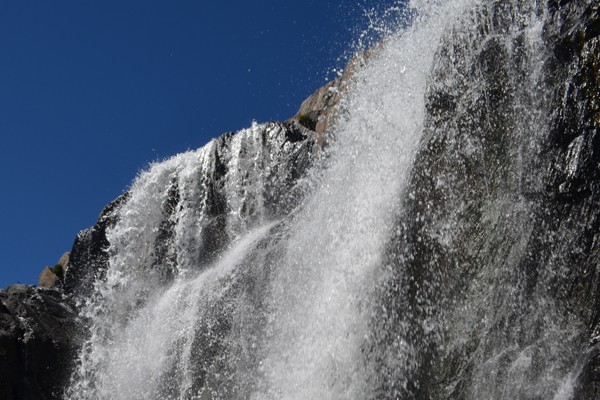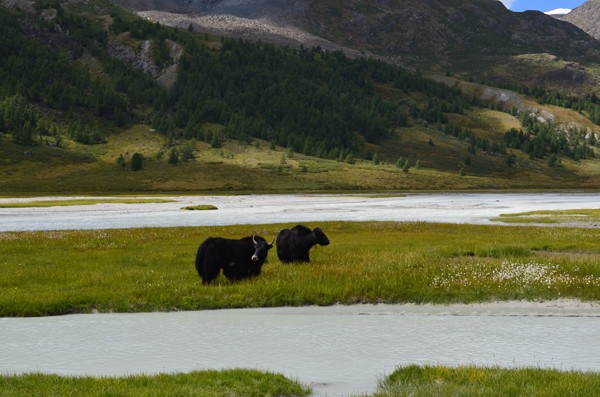Munkh Khairkhan, meaning “Eternal Holy Mountain,” is one of Mongolia’s most awe-inspiring natural landmarks.
Located in the far western part of the country, Munkh Khairkhan stands tall as the second-highest peak in Mongolia, after the Altai Tavan Bogd.
Its dramatic landscapes, rich biodiversity, and cultural significance make it a notable feature of the Mongolian Altai mountain range.
We offer you CLIMB MOUNT KHUITEN MONGOLIA. Mount Khuiten is the highest peak in Mongolia, which is located in the remote area of the Mongolian Altai region. In addition, Altai Tavan Bogd National Park is truly one of the must-see places in Mongolia as there are stunning snow-capped mountains and an array of beautiful valleys. It will be wonderful 🤩🤩
Geography and Geology
Munkh Khairkhan rises to an impressive height of 4,204 meters (13,793 feet) above sea level. It is situated in the Khovd Province, part of the larger Altai Mountains, which stretch across Central Asia.
The Altai Mountains form a natural barrier between Mongolia, China, Russia, and Kazakhstan, creating a unique ecosystem that is home to diverse flora and fauna.
The mountain itself is composed of granite and metamorphic rocks, shaped by the forces of glaciation over millions of years. This has resulted in striking features such as sharp ridges, deep valleys, and expansive glaciers.
The largest glacier, Potanin Glacier, is a significant source of water for the region and feeds into several rivers that sustain local communities.
Biodiversity
Munkh Khairkhan and its surrounding areas are home to a rich variety of wildlife, some of which are rare and endangered.
The harsh yet diverse environment supports species adapted to extreme conditions. Notable animals include the snow leopard, Siberian ibex, argali sheep, and Altai snowcock. These species rely on the mountain’s remote and rugged terrain for habitat and survival.
The plant life in the region is equally diverse, with alpine meadows and steppe grasses dominating the landscape. The flora varies with altitude, from lush meadows at lower elevations to sparse, hardy plants near the summit.
This biodiversity is crucial for maintaining ecological balance and supporting the livelihoods of nomadic herders in the region.
Cultural and Historical Significance
Munkh Khairkhan holds immense cultural and spiritual significance for the people of Mongolia. It is considered a sacred mountain, with many local communities regarding it as a spiritual guardian.
Traditional beliefs often associate mountains with divine spirits, and Munkh Khairkhan is no exception. The mountain is a place of worship and pilgrimage, with ceremonies conducted to honor its sacred status.
Historically, the area surrounding Munkh Khairkhan has been inhabited by nomadic tribes for centuries. These communities have developed a deep connection with the land, relying on it for sustenance and cultural identity.
The mountain and its environs have witnessed numerous historical events, including ancient trade routes and interactions between different cultures.
Adventure and Exploration
Munkh Khairkhan offers a paradise for adventure enthusiasts and explorers. Its remote location and challenging terrain attract trekkers, mountaineers, and nature lovers from around the world.
Climbing Munkh Khairkhan presents a formidable challenge, with steep slopes and unpredictable weather conditions. However, the rewards are immense, with breathtaking views and a sense of accomplishment.
The surrounding areas provide opportunities for trekking, horseback riding, and wildlife observation. Visitors can explore the vast landscapes, witness the vibrant biodiversity, and immerse themselves in the unique culture of the nomadic herders.
The region’s pristine beauty and untouched wilderness make it an ideal destination for those seeking solitude and adventure.
Conservation Efforts
Recognizing the ecological and cultural importance of Munkh Khairkhan, efforts have been made to protect and preserve the mountain and its environment.
Conservation initiatives aim to safeguard the biodiversity and promote sustainable tourism practices.
These efforts involve collaboration between local communities, government agencies, and international organizations.
One of the primary goals of conservation is to ensure the long-term survival of endangered species such as the snow leopard. Monitoring programs, anti-poaching measures, and community-based conservation projects have been implemented to protect wildlife and their habitats.
Additionally, sustainable tourism practices are encouraged to minimize the impact on the environment. Local communities play a vital role in these efforts, as their traditional knowledge and stewardship are essential for the successful preservation of Munkh Khairkhan.
Munkh Khairkhan stands as a testament to the natural beauty and cultural heritage of Mongolia. Its towering peaks, rich biodiversity, and spiritual significance make it a symbol of the enduring connection between people and nature.
As conservation efforts continue, Munkh Khairkhan remains a beacon of hope for preserving the unique landscapes and traditions that define this remarkable region.
Whether for adventure, exploration, or spiritual reflection, Munkh Khairkhan offers an unforgettable experience that leaves a lasting impression on all who visit.






